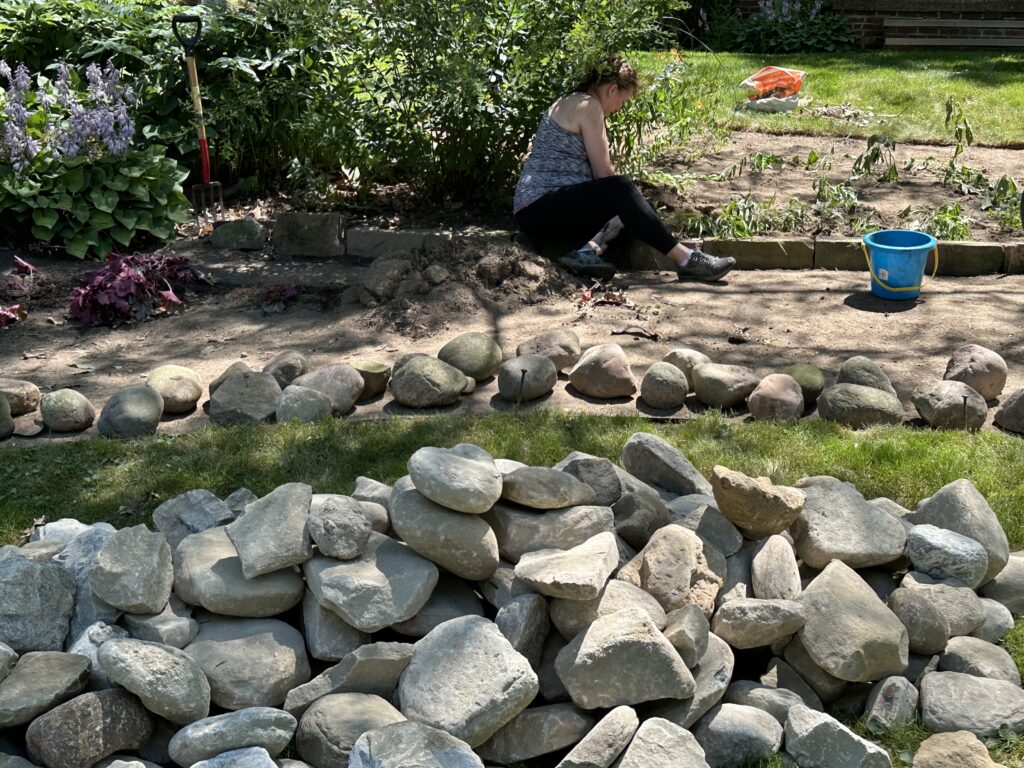The great English poet William Blake once used a phrase that has become for me a guiding metaphor for the church at its truest: The Garden of Love.
A garden, even the most established and orderly, is forever in a state of change and transformation. It naturally offers a gloriously open invitation to a wide variety of creatures, each of which adds a new dimension of beauty (well, for the most part!) and has its own important role to play in the cycle of life.

In my experience, a garden is born out of the vision, planning, and work of its gardeners even as the full realization of a project inevitably takes time. There’s a blessing in the garden for gardeners whose lives are physically connected to the earth through active, hands-on tending. There’s something to be said for getting one’s hands dirty. There’s also something to be said for the gift of constant vigilance required of gardeners who need to observe any number of variables beyond their control to garden well: temperature and rainfall, frost, soil conditions, and the inevitable appearance of pesky weeds and invasive species.
The church as a garden of love can bring love to bloom in every season, offering proof of its utility and welcoming a wide array of beloved seekers in search of community, spirituality, safety, nourishment, meaning, and a place to belong and become who God is calling them to be.
However, Blake in The Garden of Love (Songs of Experience, 1794), points to the way the church can have the opposite effect. I’ll let the poet speak for himself:
I went to the Garden of Love,
And saw what I never had seen:
A Chapel was built in the midst,
Where I used to play on the green.
And the gates of this Chapel were shut,
And Thou shalt not. writ over the door;
So I turn’d to the Garden of Love,
That so many sweet flowers bore.
And I saw it was filled with graves,
And tomb-stones where flowers should be:
And Priests in black gowns, were walking their rounds,
And binding with briars, my joys & desires.
Leave a Reply